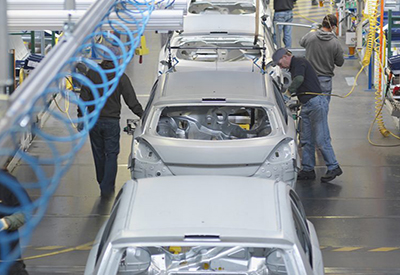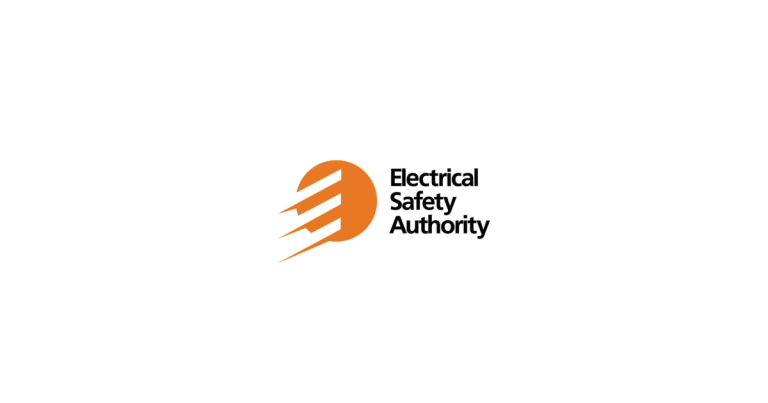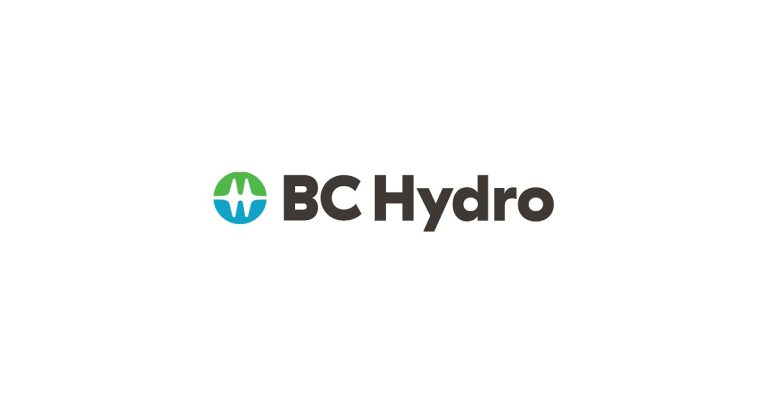Five Reasons for Preventive Maintenance

October 23, 2016
Keeping electrical distribution equipment at optimum performance levels can be challenging and stressful. Why? Because nothing operates without reliable power. Developing a maintenance strategy for your electrical distribution system is a sound business decision and implementing an electrical preventive maintenance program is a great starting point. Here are five reasons why.
1. Protect people and equipment
Plant managers must ensure the sustainability of their businesses, and with that comes the responsibility to evaluate and adopt all measures technically and economically available to minimize the risk of unwanted events. These events might cause loss of plant assets, but also place workers in danger. Electrical distribution equipment such as circuit breakers and fuse-contactors is designed to minimize the risk and severity of injuries or equipment breakdown. Therefore, the first priority of maintenance is to ensure this role is performed.
2. Maximize your electrical equipment’s uptime
A regularly scheduled preventive maintenance program lessens process disruptions and reduces stress on electrical equipment. It takes less time to have preventive maintenance performed through a scheduled outage than to have emergency repair on electrical equipment.
3. Enhance energy efficiency
Research shows that regularly maintained equipment is more energy efficient. Over time, normal wear and tear causes stress to components that can result in diminishing device energy efficiency. Less wear and tear on the equipment means less wasted energy while it is running. Preventive maintenance can be performed during off-peak business periods.
4. Improve spare parts management
Spare parts alone can add up to half of the total maintenance costs. Substituting preventive maintenance for reactive maintenance helps to reduce the number of faults on complex parts and/or systems. As a result, more money and time can be spent on improving your production process.
5. Optimize total cost of ownership
Plant managers want to keep their facility’s electrical distribution equipment running well for as long as possible, considering the significant costs of any new equipment acquisition (CapEx). Business operations must also be kept running as smoothly as possible at an optimum cost (OpEx). Without maintenance, the potential for unplanned downtime increases.
Reactive (repair) situations can cause both spare parts and labour to be sold at a premium, in addition to the cost of lost productivity. Implementing an electrical preventive maintenance strategy mitigates the risk of unplanned (and costly) downtime. Knowing when a scheduled shutdown will occur enables management to set staffing levels accordingly.
The bottom line is that electrical preventive maintenance helps to reduce Total Cost of Ownership (CapEx + OpEx) and creates more value for your business. In addition, it helps companies meet their legislative and regulatory requirements.
Joy Sonn has 25 years experience in the electrical distribution services industry. She joined Schneider Electric in 1996.
This article was first published as a Schneider Electric blog: http://blog.schneider-electric.com.




![Guide to the Canadian Electrical Code, Part 1[i] – A Road Map: Section 52 — Diagnostic imaging installations](https://electricalindustry.ca/wp-content/uploads/2022/11/Guide-CE-Code-2-768x432.png)





![Guide to the Canadian Electrical Code, Part 1[i] – A Road Map: Section 52 — Diagnostic imaging installations](https://electricalindustry.ca/wp-content/uploads/2022/11/Guide-CE-Code-2.png)






